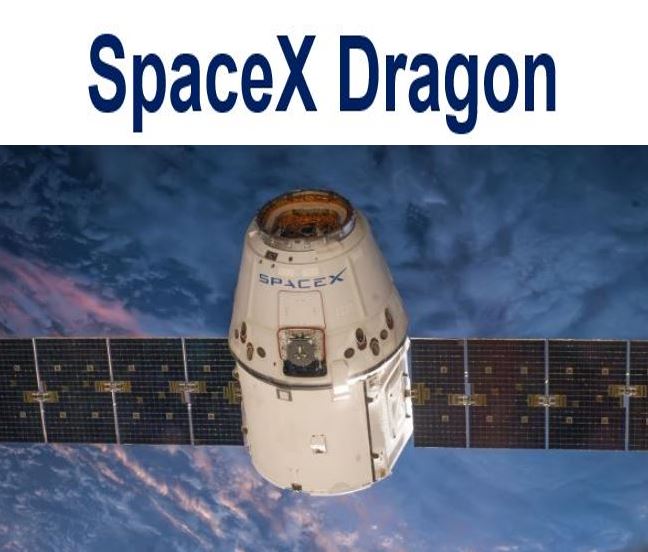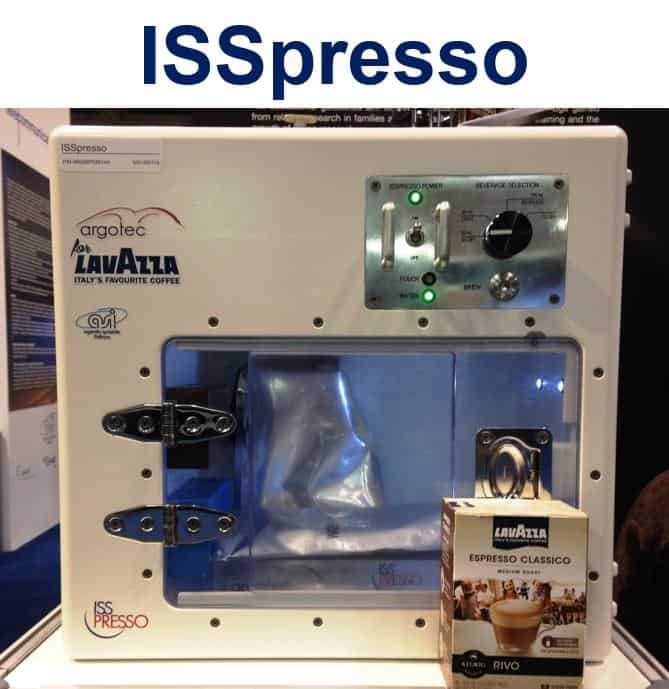The SpaceX Dragon rocket is carrying over 4,300 pounds of supply and payloads, including vital materials required for about forty of the more than 250 science and research projects that will be carried out during Expeditions 43 and 44 to the International Space Station (ISS).
The science payloads include materials to investigate novel ways of counteracting the microgravity-induced cell damage, including bone cells, which could lead to new treatments for osteoporosis and muscle-wasting conditions.
The ISS science team will also look into astronaut vision changes and test a new material which could eventually be used as a synthetic muscle for future exploring robots.

SpaceX Dragon will spend five weeks at the ISS. (Image: SpaceX)
Research into astronauts’ vision changes
SpaceX wrote in a statement:
“One science payload will support investigation on the vision changes that more than half of American astronauts experience during and after long duration spaceflight.”
“It is hypothesized that the headward fluid shift that occurs during spaceflight leads to increase pressure in the brain, which may push on the back of the eye, causing it to change shape.”
The study aims to measure how much fluid moves from the lower to upper body, in or out of cells and blood vessels, and find out what the effect of these shifts are in the head, eye structures and changes in vision.
The SpaceX Dragon will spend five weeks docked at ISS, and will then return with more than 3,000 pounds of cargo and packaging, including crew supplies, computer resources, science experiments, space station hardware, crew supplies and trash. Cargo refers to goods that are transported by land, sea, air, or space.
Smectic islands in microgravity
OASIS (the Observation and Analysis of Smectic Islands in Space) will examine how liquid crystals behave in microgravity. The research team will observe the overall motion of crystals and the merging of crystal layers (smectic islands).
According to NASA, this study may provide insight into how microgravity affects a liquid crystal’s ability to act like both a liquid and a solid.
Liquid crystals are used in laptop and television screens, clocks and watches, and several other electronic devices with flat panel displays.
Studying liquid crystals in space may help scientists design better LCD (liquid crystal display) devices on Earth.
NASA engineers believe certain types of liquid crystals might also be used in small screens applied directly to the face shields of space helmets, enabling astronauts to view the small screens and read vital data during a spacewalk.

The ISS astronauts will have their first coffee espresso machine – The ISSpresso – designed for use in space. (Image: Argotec)
Cell Shape and Expression study
The Dragon is carrying equipment for the Cell Shape and Expression investigation, which will help scientists create an experimental model relating to microgravity, gene expression and cell shape.
Gene expression, also called protein expression, is the process in which information programmed within a gene is used to direct the assembly of a protein molecule, which then helps carry out the instructions given to the cell so it can carry out its role.
Biologists hypothesize that gene expression and cell shape changes are caused by microgravity-induced modification of the cytoskeleton. The cytoskeleton is a series of intercellular proteins that help a cell with movement, support and shape.
As soon as they have an experimental model, the science team hopes to be able to counteract microgravity-induced cell damage with medications, which could help protect astronauts on future long-duration missions.
US astronaut Scott Kelly and Russian cosmonaut Mikhail Kornienko will act as human volunteers in a series of health studies as part of their one-year mission aboard ISS.
It is hoped that these studies will yield beneficial knowledge on the medical, biomedical and psychological challenges faced by astronauts who spend prolonged periods in space.
NASA Video – ISS National lab panel

